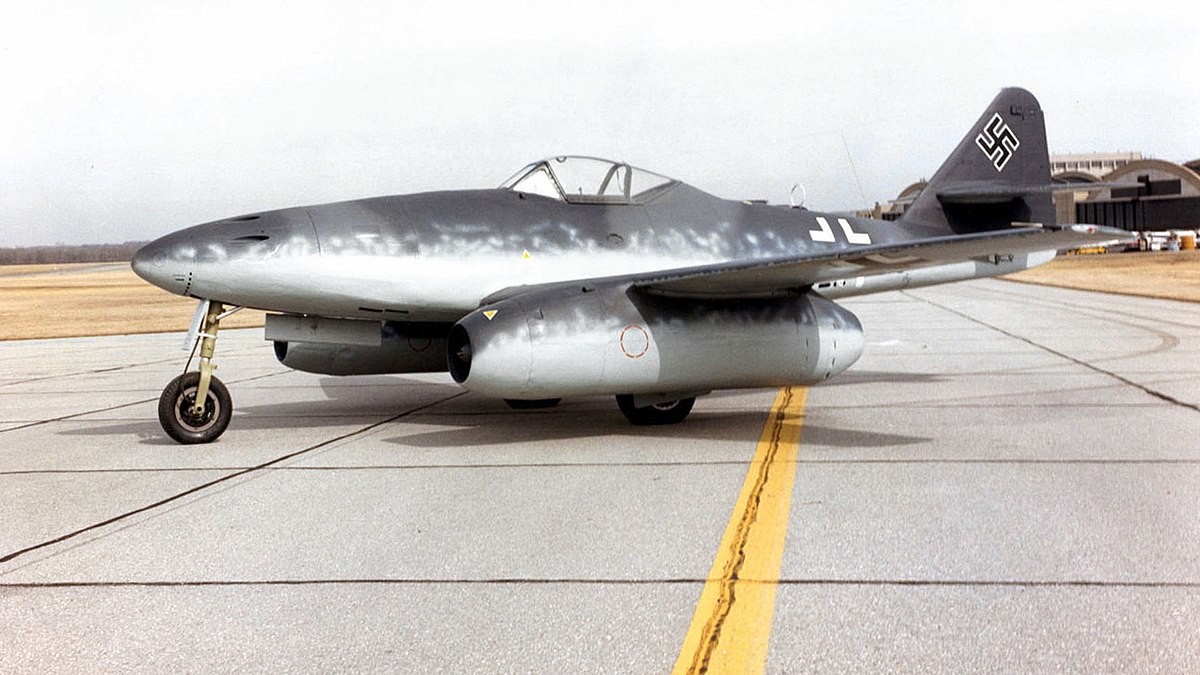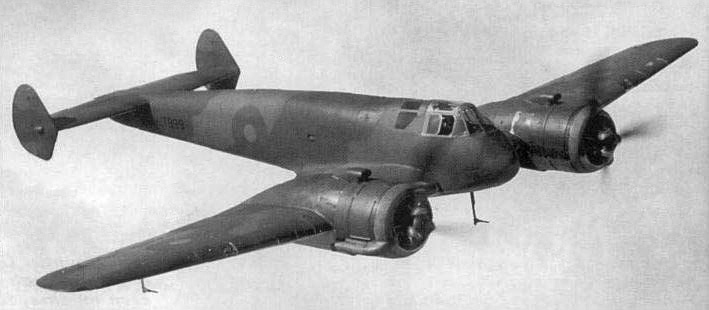Battered But Unbroken: Germany After the Third Weltkrieg
Tiburon
Banned
The fifteen year period between 1936 and 1951 was, on many levels, a traumatic one for the German Empire. Between Black Monday and having to fight not one but two global wars, the system was badly shaken. Germany had taken extremely heavy losses in the course of the fighting, Alsace Lorraine and most of the country west of the Rhine was in ruins due to the Internationale invasion, and people were sick of war. The fact that Germany had effectively managed to re-establish itself as hegemon over Western Europe and much of Africa and Asia meant only that the empire’s vast list of commitments had not gotten any shorter. Nationalist sentiment was growing in Africa, the Dutch East Indies and the Arab states which Germany had forced into line—sentiment stoked by an enemy who shared a long border with Germany and its remaining Eastern European allies.

A German soldier holding a MKB42 “stormrifle” somewhere in Wallonia, 1944. The German military was one of the earliest adapters of rifles capable of fully automatic fire, and the MKB42 would be one of the weapons which turned the tide of the Second Weltkrieg. The Entente never really had a weapon capable of countering it in man to man combat, and MKB42 stormrifles were still used by many insurgent groups and minor nations across the globe decades later.
Germany’s own nuclear program had produced its first weapon only three months after the Russians detonated their first bomb over Japan, and more reactors were hastily constructed at a frantic pace to try and produce weapons to ward off the Russian bear. Russian control over Austria—where Fuhrer Stefan Wagner directed vitriolic rants northwards almost weekly and Russian mountain troops routinely conducted exercises—was seen as a disaster, but having taken place during Germany’s darkest hour, when they had been desperately struggling to hold the Rhine line against powerful French armored forces, Germany hadn’t been able to salvage the ruins of the Austria-Hungarian Empire.

A Communard tank crew poses with their Char B2 heavy tank in the Alsatian village of Harkau, 1940. Virtually immune to all but the heaviest of German anti-tank guns for the first two and a half years of the war, and even after that infamously tough to destroy, the Char B2 was undoubtedly the best tank the Internationale had for most of the war. The German military was badly hampered by the Black Monday spending cuts—-described as a “disembowelment” by one historian— and their performance in the early days of the Second Weltkrieg showed it. A determination never allow such a thing to happen again, and the existential threat of Russian invasion, kept the German military budget large even as the nation struggled to rebuild.

A Messerschmidt Me-262 “Shrike” fighter of JG 25, identifiable by the squadron’s swastika insignia painted on the tail— a quirk picked up during the squadron’s time in India during the Third Weltkrieg—sits on a runway somewhere in Eastern Germany. Germany was an enthusiastic adopter of jet fighters and quickly began producing them in large numbers in order to try and counter the large numbers Russian conventional aircraft which were commonly seen patrolling the border—and often launching “intruder” sorties to test German reaction times.

A German soldier holding a MKB42 “stormrifle” somewhere in Wallonia, 1944. The German military was one of the earliest adapters of rifles capable of fully automatic fire, and the MKB42 would be one of the weapons which turned the tide of the Second Weltkrieg. The Entente never really had a weapon capable of countering it in man to man combat, and MKB42 stormrifles were still used by many insurgent groups and minor nations across the globe decades later.
Germany’s own nuclear program had produced its first weapon only three months after the Russians detonated their first bomb over Japan, and more reactors were hastily constructed at a frantic pace to try and produce weapons to ward off the Russian bear. Russian control over Austria—where Fuhrer Stefan Wagner directed vitriolic rants northwards almost weekly and Russian mountain troops routinely conducted exercises—was seen as a disaster, but having taken place during Germany’s darkest hour, when they had been desperately struggling to hold the Rhine line against powerful French armored forces, Germany hadn’t been able to salvage the ruins of the Austria-Hungarian Empire.

A Communard tank crew poses with their Char B2 heavy tank in the Alsatian village of Harkau, 1940. Virtually immune to all but the heaviest of German anti-tank guns for the first two and a half years of the war, and even after that infamously tough to destroy, the Char B2 was undoubtedly the best tank the Internationale had for most of the war. The German military was badly hampered by the Black Monday spending cuts—-described as a “disembowelment” by one historian— and their performance in the early days of the Second Weltkrieg showed it. A determination never allow such a thing to happen again, and the existential threat of Russian invasion, kept the German military budget large even as the nation struggled to rebuild.

A Messerschmidt Me-262 “Shrike” fighter of JG 25, identifiable by the squadron’s swastika insignia painted on the tail— a quirk picked up during the squadron’s time in India during the Third Weltkrieg—sits on a runway somewhere in Eastern Germany. Germany was an enthusiastic adopter of jet fighters and quickly began producing them in large numbers in order to try and counter the large numbers Russian conventional aircraft which were commonly seen patrolling the border—and often launching “intruder” sorties to test German reaction times.

